Jun 24, 2025
Author:Amanda Lyu
Millions of people who love cats often find it tough to own them because of allergies. Allergies cause many of us to deal with sneezing, itchy eyes, and a stuffy nose daily.
Since traditional cats bring these problems, people have started searching for something different, as seen by many asking on message boards, forums, and veterinary clinics: 'Are hairless cats hypoallergenic?', or more specifically, 'Are Sphynx cats hypoallergenic?'
The example picture of the sleek, hairless Sphynx cat often gives some hope; if there is no hair, there should not be allergies, right? This is an understandable assumption, but the science behind cat allergies has more to do with the root cause than the presence or absence of a cute and fluffy coat.
In this article, we will provide clarity regarding whether a Sphynx cat's hypoallergenic status is fact or fiction, explain what causes allergies to cats, and talk about the options for cat companionship in case of allergic sensitivities.
We will also briefly discuss how creating an allergy-friendly home can have a significantly larger impact.
The common misconception is that cat fur itself is the culprit. Cat fur, or its long hair, can certainly carry cat-related allergens, but it is not the source of the allergens. The villain in the story is a small protein called Fel d 1.
Besides being present in their saliva, Fel d 1 is produced mainly in the salivary and sebaceous glands found on a cat’s body. When grooming, cats spray saliva which contains Fel d 1 protein and spread it over their body and fur.
Once the saliva dries, the tiny Fel d 1 particles can get in the air, often stuck to cat shed fur and dander (dead skin). These particles in the air can result in allergic reactions because people accumulate them on their bodies.
So, do hairless cats have dander, and do Sphynx cats have dander? Yes, they both absolutely have dander. A balanced dander is produced universally in all cats, whether they be hairless, topless, or furry.
Sphynx cats also groom themselves in the same manner that furry cats groom themselves, and thereby, they will have Fel d 1, the allergenic protein, on their skin.
Key takeaway: The primary allergen is a protein (Fel d 1) found in saliva and skin secretions, not the fur itself. Fur acts as a vehicle for spreading these allergens.
Now, let's directly tackle the big question: Are Sphynx hypoallergenic in the true sense of the word? Sphynx cats do not have a traditional fur coat; they may shed less and produce less allergen in the air.
The Fel d 1 protein is certainly still on their skin and in their saliva, but there is not as much fur for that important protein to settle into and circulate throughout your house. However, some people may have a reduced allergic reaction to that.
Most individuals with Sphynx cat allergies or general hairless cat allergies report that their reactions are less severe than reactions to long-haired cats, but each person is unique.
As an example, someone might find the Sphynx cat produces little to no response, while someone else might become significantly symptomatic based on their response to Fel d 1 if their sensitivities are high enough!
If you are an allergy sufferer thinking about a Sphynx - don't despair! A Sphynx may not be the solution to all your problems, but its unique physiology may be more tolerable - if you are willing and proactive about managing your allergies.
So, the questions may now be much less about 'How is a sphynx for allergies?' or 'Are hairless cats good for allergies?' and instead more about how to manipulate your environment and manage caring for your cat to minimize allergens.
This is a case where sitting down to create a good proactive care strategy and choosing some good products from trusted sources like WOpet can go a long way to assist.
Unlike their feline cousins, Sphynx cats do require frequent bathing (often weekly or bi-weekly) to remove continued buildup of skin oils. Skin oils trap allergens. You gently wipe down your Sphynx and remove surface oils and dander with its paws up. Overall, there are multiple grooming tips available on the internet that you can follow.
This is a non-negotiable.
● Vacuuming - Use a filter vacuum to remove allergens on floors and furniture.
● Air Purifiers - Use air purifiers to help remove airborne allergens.
● Washing Bedding - Wash your bedding, your cat's bedding, or any blankets & throw them regularly in hot water.
● Wipe Surfaces - Dust and wipe all surfaces where dander and allergens build up.
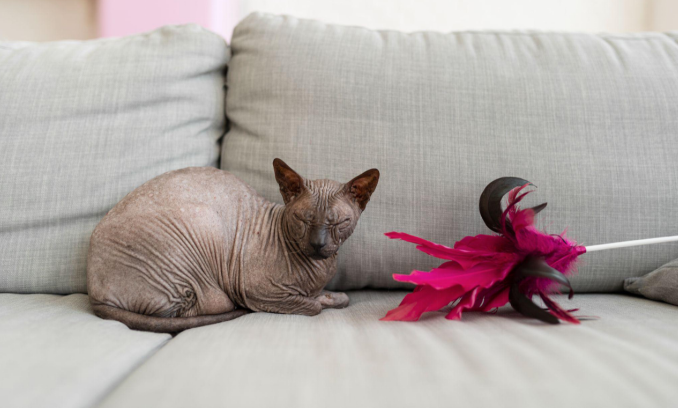
Certain areas should be deemed either allowed or not allowed zones; the bedroom is an ideal cat-free zone because it can provide you with a sleep safe haven, and a significantly reduced cat allergen exposure.
The more you can prevent direct handling of food bowls, the less contact you'll have with allergens like saliva. The Wopet Automatic Pet Feeder will ensure your Sphynx is fed at the right time without you needing to be physically present to feed them, lessening your chance of touching the bowl with saliva on it.
Drinking enough water is not only good for your cat's health overall, but it's also good for their skin health and thus, their dander production as well. The Wopet Cat Water Fountain allows cats to enjoy fresh, filtered, flowing water, which they prefer to standing water.
A scratching post and similar items will give your Sphynx a place for scratching so they don’t mark your couches, and it’s much simpler to address allergen build-up in these spots than elsewhere.
Ensure that you are washing your hands properly after petting or playing with your Sphynx. Avoid using your hands or paws to touch your face immediately when you can use your other arm to protect your eyes and nose.
A high-quality diet can help improve your cat's health in a variety of ways, including reducing the amount of dander they may produce.
Learn more about optimal pet nutrition on our Wopet Blog on Cat Health.
Setting aside the discussion about hairless cats and allergies that we had, a note should be made about Sphynx cats that have care-related needs.
● Skin Care - As already discussed, Sphynx cats will need regular baths to manage skin oil and deal with any skin problems if not properly cared for.
● Temperature - Sphynx cats may get cold much quicker than a regular domestic cat as they have no fur. Therefore, they will need to have a warm environment and will generally be found in a combination of warm clothing, beds, blankets, or other insulated materials.
● Sun - Sphynx cats have a very human-like tendency to look for the sun. Unfortunately, they may suffer consequences as a result of exposure of their skin to the sun and possible sunburn from the lack of fur.
● Diet - Sphynx cats can eat more than the average cat, of course, their metabolism will be high as they expend a lot of energy producing body heat.
These unique needs mean that while a Sphynx cat's hypoallergenic profile might be appealing, potential owners must be prepared for their specific care demands.

So, are hairless cats hypoallergenic? The most accurate answer is no, not entirely. Sphynx cats' hypoallergenic status is more accurately described as 'less allergenic' for some people due to their lack of fur to spread dander and Fel d 1.
They still produce the allergen, and individuals with Sphynx cat allergies or general hairless cat allergies can certainly still react. The decision to bring a Sphynx into an allergy-prone home shouldn't be taken lightly.
It requires careful consideration, testing your reaction, and a commitment to diligent cleaning and grooming routines. Understanding that Sphynx cats have dander (yes) and that hairless cats can cause allergies (yes) is the first step.
Although a Sphynx may not be the allergy-free miracle some wish for, for passionate and committed people who want to keep their environment and the needs of the cat involved, they can be a great choice.
By combining these efforts with supportive products like feeders and water fountains, which will allow for significant allergen reduction, and to live in a home with one of these unique and loving cats.
Label:
Popular Post

What to Feed a Sick Dog With No Appetite? [2025 Guide]
May 16, 2023
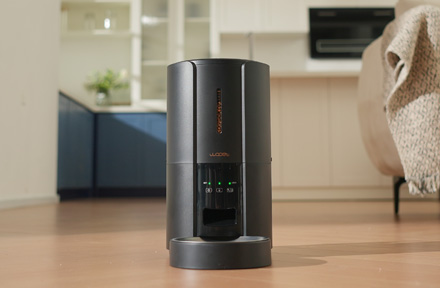
Troubleshooting Common Issues with Automatic Pet Feeders: Tips & Tricks for Pet Owners
Oct 26, 2023
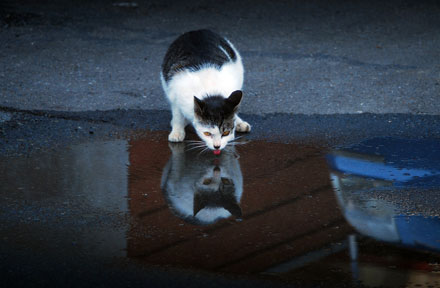
Why Does My Cat Cough After Drinking Water? 8 Potential Reasons
Mar 13, 2023
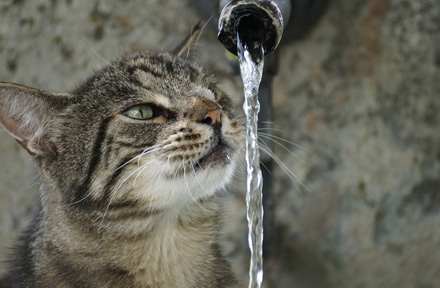
Why is My Cat Throwing up Water? Top 5 Causes Here
Feb 08, 2023
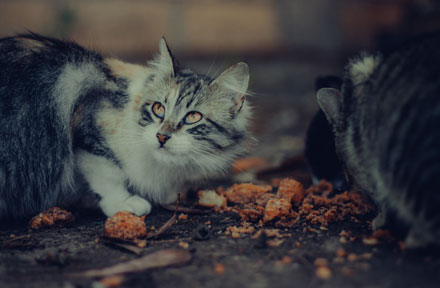
My Cat Only Eats A Little at A Time - What to Do?
Feb 27, 2023
$99.99
$129.99
Copyright © 2025 WOPET. All Rights Reserved.